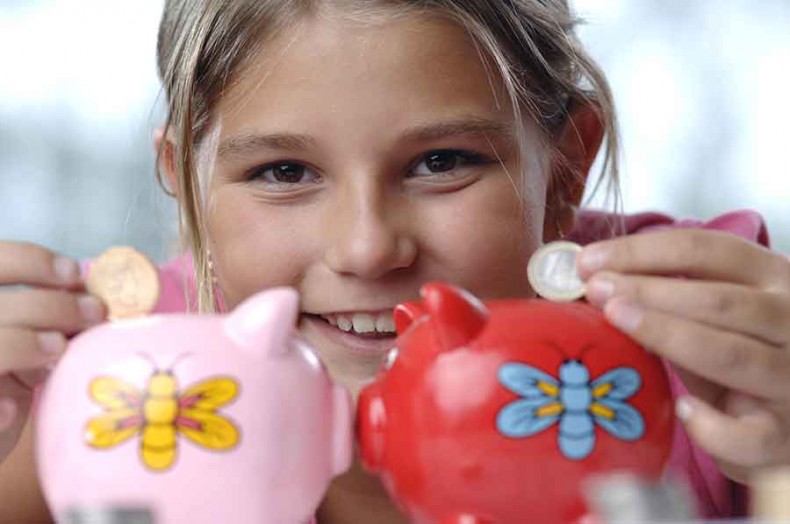Making Sense of Math
Nurture your child’s fluency with these fun activities
By BrandpointFor some kids, one of the toughest parts of the back-to-school season is math class. You can help ease their transition by helping them connect their classroom learning with math’s many real-world applications.
Engage your child in these fun lessons at home, and math could become one of your child’s favorite subjects (or at least less feared).
Tasty learning
Learning fractions? Use cookies or a pie to demonstrate the concept visually. It’s a tasty and fun way to learn how fractions work. For example, start with a simple fraction. Break one cookie in half, to demonstrate the fraction ½. Then add one of the halves to another cookie to show the concept of 1½. Or cut a pie in four slices to demonstrate the fraction ¼. And of course, once that cookie is halved or pie is cut, it makes for a tasty reward.
Take the treat up a notch by going homemade! We've got dozens of cookie and pie recipes that would make great learning aides.
Be calculating
Get out the calculator and help children explore patterns. First- to third-graders can add or subtract the same number repeatedly. Children will observe patterns that emerge and get a better sense of arithmetic.
Older kids can make their own “pattern puzzles,” which are number sequences where some numbers are omitted. For example: 7,14, _, _, 35, _, 49. (The answer for this sequence lies in multiplying the 7, as in 7 x 1=7, 7 x 2=14, 7 x 3=21, etc. The completed pattern is 7, 14, 21, 28, 35, 49.) These activities can make addition and multiplication more comprehensible. Free educational resources and activities to try on calculators can be found at casioeducation.com.
Money math
At home, use spare change to teach children simple addition and subtraction. Once they’ve had some success, set a timer and see if they can make proper change in record time. To add in more fun, have your child pretend to be a cashier clerk helping you (the customer). Encourage your kids to solve increasingly difficult problems. Once they’ve answered a few of those correctly, you could end this exercise by rewarding them with some of the change.
Leverage interests, hobbies
If your child loves reading, help him or her select literature that celebrates math. If they find history fascinating, have them read about famous mathematicians and scientists who used math to make discoveries. For young athletes, there are always ways to turn that pick-up game at the park into a math lesson. Angles, distances, times and averages all figure into sports. Using these concepts in an applied way can make math more interesting.
-
More ways to help your children with school
-
Share this story:







